For two rounds that hit the stage nearly 100 years apart, and have such wildly different ballistics and history, the debate over the 45-70 Govt and the 308 Win is a hot one. In both cases, you have an incredibly effective rifle cartridge, but with some significant differences between the two, knowing which is going to fit your application and use case more closely is crucial before you commit to one rifle over the other.
No matter what you need it for, your shooting experience will depend on finding not only the right rifle but the ideal caliber cartridge for your application. In most cases, the ballistics and effective range are going to be the most important factors. Let’s take a deeper look at these two rounds, where they started, how they perform, and how they’ll best fit in with commonly intended uses.
History Of The 45-70 Government
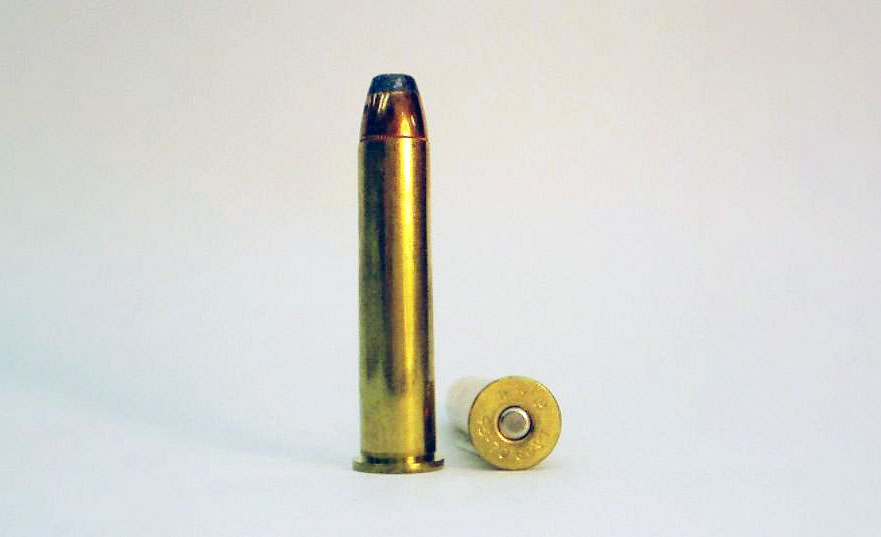
The 45-70 was created in 1873 and was initially designed for use in early single-shot rifles made by Springfield. These “trapdoor” rifles were made to push the 405-grain projectile downrange when fired from the straight-side case by black powder. The round initially used 70 grains of black powder to send the lead at an average of 1325-1350 fps, for about 1500-1600 ft-lbs of kinetic energy. This made the 45-70 one of the most powerful rifle cartridges of its time and was used extensively in the late 19th century by the US Army, even into the early 20th century where it found a home in some of the earlier Gatling models.
The 45-70 quickly gained a reputation while in use with the military, and that eventually translated to the civilian and consumer sportsman markets. This led to an explosion in demand for rifles chambered for 45-70, resulting in most of the major rifle manufacturers marketing newer 45-70-chambered rifles directly to civilian sportsmen and hunters. In no time, the average hunter had a wide range of rifles to choose from, including the first Remington repeaters, the Winchester 1885, and the Sharps 1874. The latter is most easily recognized today as a “buffalo rifle” or the “Quigley gun”, due to its appearance in the famous Tom Selleck movie.
History Of The 308 Winchester
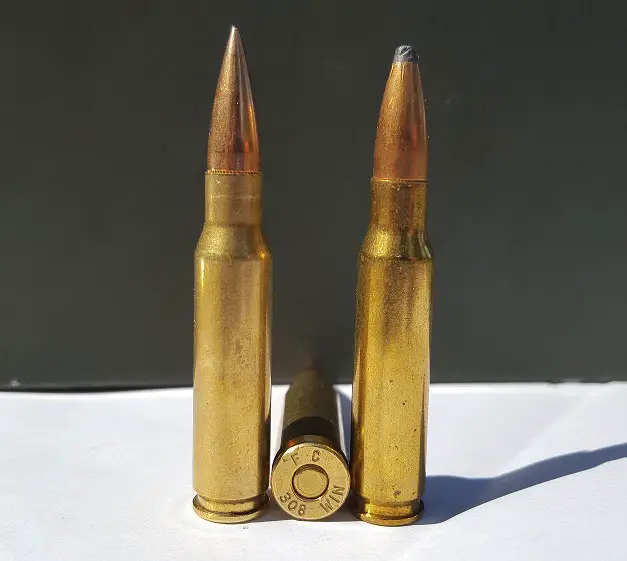
The 308 originated after the US’ dealings with the 7×57 Mauser round during the Spanish-American War, which triumphed over the 45-70 with relative ease, and bested the Army’s Springfield single-shot trapdoor models at nearly every turn. This couldn’t stand, so the US quickly developed the 30-06 cartridge, which became much more popular with the military as well as civilian use. This progressed to the point of the 30-06 being the default cartridge until the advancement of warfare needs and fire rates escalated further, requiring a cartridge that was much more compatible with semi-auto, fast-action rifles.
This elevation in the rate of fire is what necessitated the development of the 308, and the closely related 7.62 NATO. The 308 even becoming the default answer to many applications and challenges in military firing solutions. Just as the 45-70 was used in early Gatling models, the 308 also became the go-to round for use in fully automatic rifles. The far improved ballistics of the 308 eventually led to the commercial production of the round by Winchester in 1952.
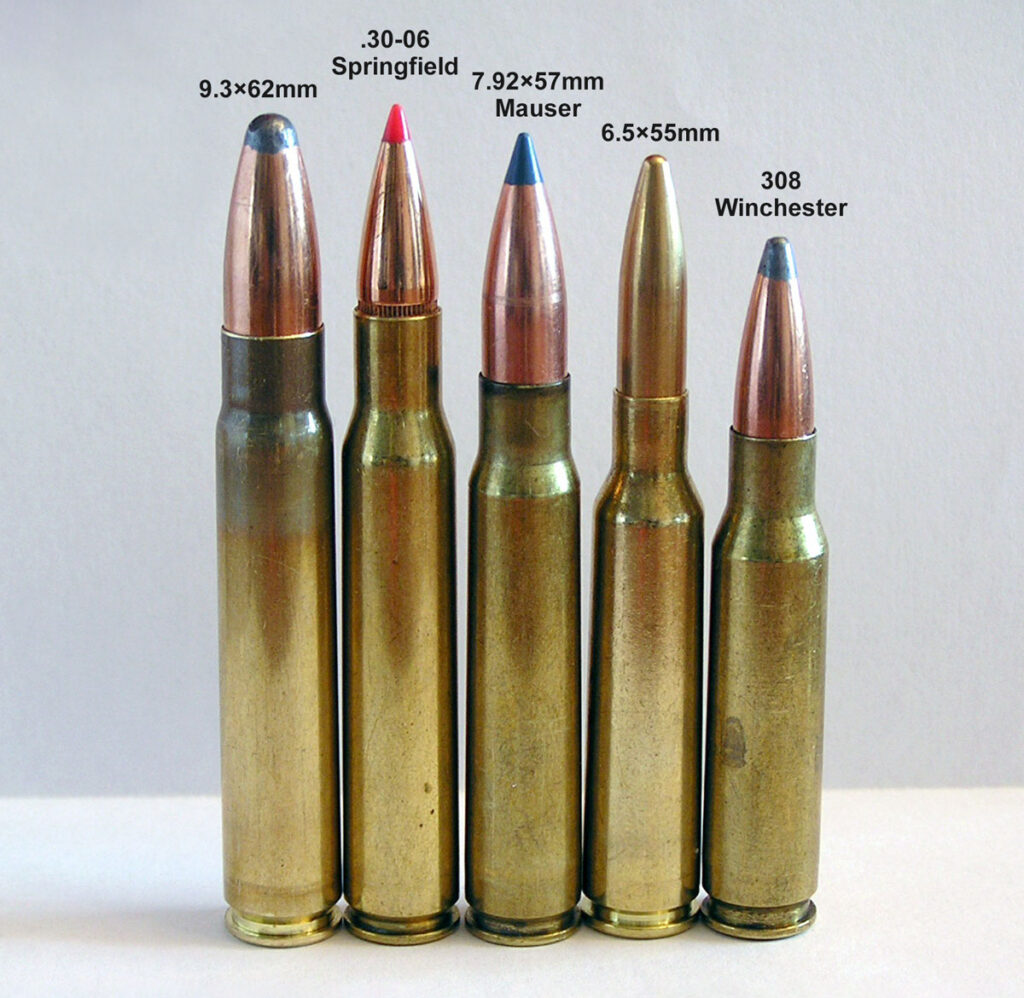
Differences Between 45-70 vs 308
Velocity
Winner: 308
The muzzle velocity of these two rounds is one of their biggest differences and is also one of the biggest contributing factors to their individual kinetic energy, their resulting stopping power, and their ultimate effective range. Your average 308 cartridges are going to leave the muzzle traveling at nearly 2700 fps, while the 45-70 is going to clock in at 1000 fps less, hitting just under 1700 fps. While this may not sound like much, this means the 45-70 is only about 63% as fast as the 308.
This means if you are looking for a rifle round that is going to be easier to fire longer distances, as well as being more effective at those distances, the much faster 308 cartridges are going to fly much flatter. You’ll have less compensation needed for bullet drop, and when the round contacts the target, it will still have a significant amount of energy to impart to that target. The slower 45-70 can still reach some incredible distances, particularly in open areas with a solid gun rest and a good ballistic sight, but it also means that at a certain point, the bullet is going to lose too much of its energy to be very useful.
Range
Winner: 308
The lower velocity of the 45-70, combined with a much heavier bullet weight of generally between 200 and 500 grains, leads the 45-70 to have a drastically reduced effective range when compared to the 308. A 308 bullet is not only traveling 1000 fps faster, but it commonly weighs less than half of what a 45-70 round weighs, with the lightest being around 125-grain, and the heaviest being 180.
These wildly different cartridges are going to have ranges that are just as different. Keep in mind that this isn’t the effective range, just simply how far the cartridge may be able to send a bullet. The 308 can be sent out to about 1,200 yards during distance target shooting, while a 500-grain 45-70 can reach distances of 3,500 yards.
Stopping Power
Winner: 308
The stopping power of the 45-70 vs 308 is another area where they have some noticeable similarities, but also some incredibly stark differences. The 45-70 is much heavier, and travels much slower, which directly translates to lower kinetic energy that impacts the target. As a general rule, standard forms of the 45-70 300-grain bullet travel between 2,000 and 2,300 fps, resulting in between 2,800 ft-lbs ad 3,400 ft-lbs of energy reaching the target. This energy diminishes significantly over distance, however, and is only enough to achieve a humane kill at targets 150-200 yards and closer. In some cases, the energy at 300 yards is only 600-800 ft-lbs depending on bullet weight.
The 308 cartridge, on the other hand, retains much more of its energy and resulting in stopping power even at relatively significant distances. A 150-grain 308 round will leave the muzzle traveling at about 2,800 fps carrying more than 2,600 ft-lbs of energy, which only drops to 1,200 ft-lbs all the way out at 500 yards. This is a huge contributing factor as to why the 308 round is far preferable for shooters that are going to be sending their rounds 200+ yards away while still needing a clean and humane kill.
If you are going to be shopping for a new caliber and are looking to simply do long-distance target shots for competitions or leisure, then these differences may not amount to much. However, if you’re going to be hunting these differences are going to be of paramount importance. Hunters that need to reach out to 300, 400, or even 500 yards or more are going to find a solid shooting platform in the 308. On the other hand, for hunters that are going to be hunting big game and will be closing the distance to their target to inside 150 yards, the 45-70 may be a viable caliber. This can be even more crucial when hunting prey that may only give you one shot to humanely kill before the animal becomes a possible danger, such as grizzlies, moose, and other large, well-muscled, and potentially dangerous game.
Pricing & Availability
Winner: 308
One of the important factors in choosing a caliber that many people overlook is the price and potential availability of the platform they choose. While this generally isn’t that big of a deal when you’re picking between smaller and more common rounds like 9mm vs .45, when you start getting into large-sized hunting rifle cartridges the challenges can become greatly amplified.
Even though there is still significant market demand for 45-70, and some manufacturers are still developing new rounds and load styles, it’s still far less common than 308 and as such, will be considerably more expensive. Much of the 45-70 300-grain rounds can be obtained from major manufacturers like Winchester and Remington for about $3-$3.25 per round in boxes of 20. The prices rise commensurate with the bullet weight as well, rising to more than $4 per round for 405-grain projectiles.
308 cartridges are going to be much more common to find on store shelves than 45-70, and it will have a significant advantage in price as well. 308 will be cheaper because there is such a large demand for it and there are so many manufacturers creating new versions and load types for the many different applications it can be used for. 308 ammo should generally run between $0.70 and $0.95 per round when bought in quantity.
Best Uses for 45-70 vs 308
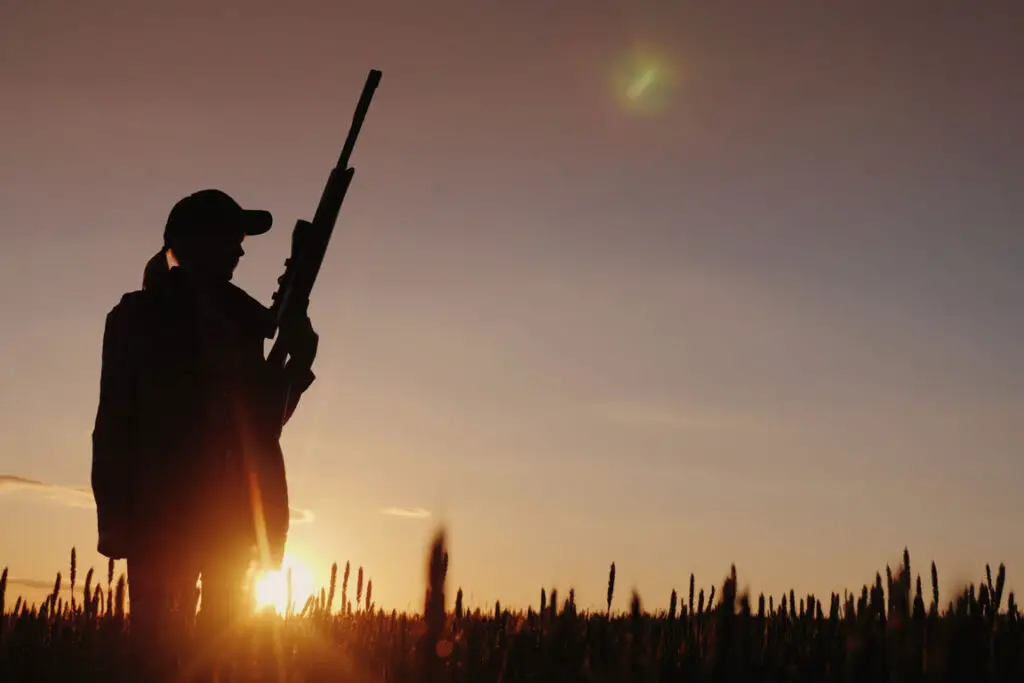
The 308 remains one of the most popular rifle cartridges for hunting in the US and is popular in other countries as well for those looking for medium to large-sized cartridges. While most people think of the 308 as the ideal round for deer, it is far more capable than many people give it credit for. The 308 is the preferred cartridge for hunting black bears and grizzly bears, caribou, and moose at distance. It’s also the preferred round of the Artic Rangers, who use the 308 for defense against polar bears when operating in their territory.
The 45-70 is a favorite among big-game hunters who prefer heavier bullets and more powerful loads for their targets. It is ideal for any big game found in North America, including black, grizzly, and polar bears, and is perfect for hunters that are chasing big game in wooded areas with lots of brush or other settings with heavy timber features. One of the biggest advantages of going with 45-70 over a 308 is that thanks to the slower velocity of 45-70 rounds, smaller game like whitetail deer are still able to be bagged without destroying a big portion of the edible meat from the energy transfer. If you’re looking for a round that can help you drop the “big five” safari prey, the right 45-70 loads are what you’ll need, the 308 just won’t do it.
Conclusion
There is a lot of history that is packed into the 45-70, and when you hit the trail with a rifle chambered for that round you carry a bit of that historical significance along with you. Though it does remain one of the more popular large-caliber rifle rounds that stuck around after converting to smokeless powder from black powder. That being said, while it can be a brutal short-range round that retains incredible effectiveness at dropping big, powerful game, it does have drawbacks in its distance and speed numbers. You’ll also need to compensate considerably when sending it more than a hundred yards downrange and make sure your shoulder is ready for the kick.
The 308 is far newer, and with that comes better ballistics, more power, more distance, and a flatter flight path. For those that aren’t going to be getting very close to their prey, the reach of the 308 can often be the deciding factor, since it can be sent much farther with less drop. While you might also look at the 308 as a lighter recoil alternative than the 45-70, for good reason, it’ll still kick pretty hard to make sure your rifle has enough mass to help add some inertia to work in your favor.
Overall, the debate of the 45-70 vs 308 probably won’t be solved right here, right now, but hopefully, we were able to get you a few more steps down the path to decision. Both cartridges have their place in hunting, albeit with relatively different applications, and while the 45-70 has that sweet, sweet taste of military nostalgia, the 308 is a big game round for the modern age and comes with many of the performance improvements that advancement brings.

Born in rural Texas, Logan has been a passionate gun enthusiast from a young age, influenced by his family’s deep-rooted tradition in hunting and sport shooting. He has carved out a niche as an authoritative voice in the firearms community, writing extensively about gun safety, hunting techniques, and the latest advancements in firearm technology.

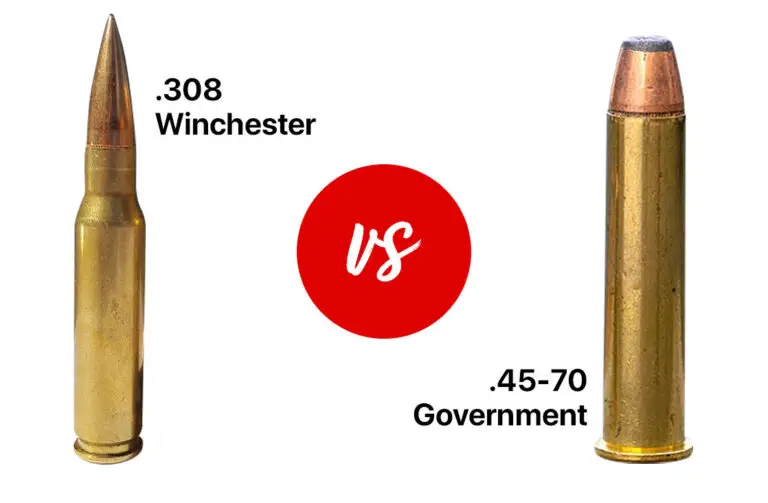
I still miss Kevin. Can I infer from the recently posted articles that you have taken over the blog and will be posting new articles in the future?
Hey Maetenloch, we purchased the site after it expired and will be posting articles in the future. With the permission of his family, we have resurrected as many of Kevin’s old articles as we could on the site. We have marked these as authored by him to make it clear.
Muy bien explicado e interesante, capaz tenga un juguete nuevo, 45_70
Translated: Very well explained and interesting, I may have a new toy, 45_70